Plum Plant
Plum trees, 15-25 feet tall and suitable for Zones 5-9, prefer well-drained soil and full sun for moderate growth. These trees yield tasty and edible plums.
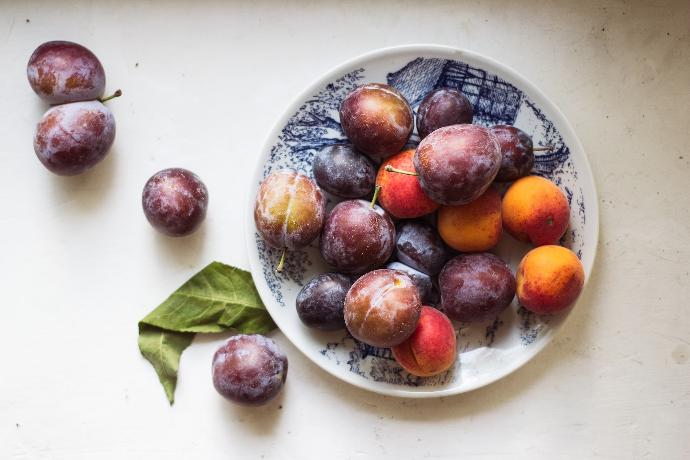
Habit
Tree
Height
5 to 7 m
Growth
Moderate
Soil
Well-drained, Sandy Loam
Shade
Full Sun
Moisture
Medium
Edible
Yes
Medicinal
Yes
Origin
Europe, Asia
Climatic Condition
Temperate, Subtropical
Temperature (°)
15°C to 25°C
Humidity (%)
50% to 70%
Potting media
50% Loam, 40% Sand, 10% Organic Matter
Fertilizers
Organic Fertilizer
Watering
Regular watering
Plant Weight
20 to 40 kg
Flowering Time
Spring to Fall
Soil Ph level
6.0 to 7.0
Water Ph level
6.0 to 7.5
Soil EC
0.6 to 1.0 mS/cm
Yield Per Plant
25 - 30 kg per plant
NPK ratio
10:10:10
life Span
15 to 30 years
Health Benefits
High in Vitamin C, Antioxidant
Common Diseases and Remedies
brown rot , black knot
A faint discolouration of the affected flower part, Leaves wilt, turn brown and die on branches with galls in trees
Crop rotation, neem cake as soil amendment
HEALTH BENEFITS
· High in antioxidants that protect against chronic diseases.
· Aids digestion and prevents constipation due to fiber content.
Supports heart health by lowering blood pressure.
What Is An Plum Tree?
Plum tree is a fruit tree belonging to the Prunus genus. The plums it produces are small, round or oval fruits with smooth skins and a hole in the middle. Plums come in many colors and flavors and are often used in cooking, baking, and making jams and preserves.
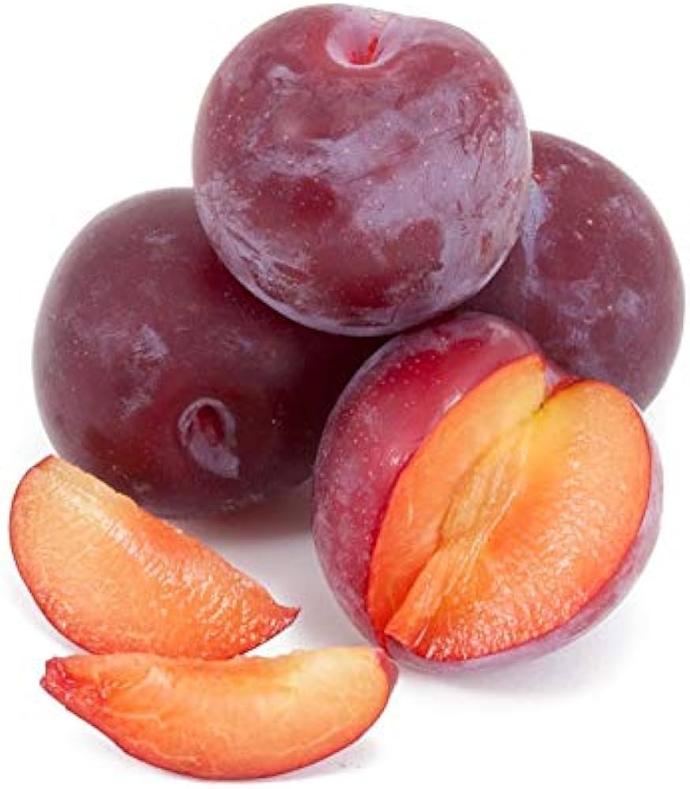
What Are The Different Types Of Plum Plants?
1. European Plum (Prunus Domestica):
Examples include 'Stanley' and 'Italian Plum'. These plums are usually eaten fresh or dried.
2. Japanese plum (Prunus salicina):
Varieties such as "Santa Rosa" and "Satsuma" are popular. Japanese plums are generally larger, juicier and sweeter than European plums.
3. Damson Plum (Prunus Domestica insititia):
Smaller and more sour than other plums; It is often used in making jam, jelly or dessert.
4. Cherry Plum (Prunus cerasifera):
These plums are related to cherries. Varieties such as 'Thundercloud' are prized for their beautiful fruit and edible fruit.
5. American Wild Plum (Prunus americana):
Native to North America, it produces small, tart plums often used in preserves or foods.
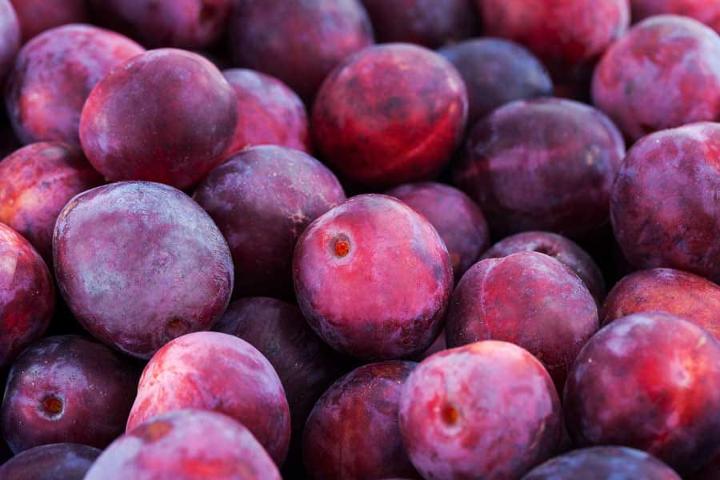
How to care for Plum Plants ?
Caring for plum plants involves several important steps to ensure they thrive and produce abundant blooms. Here are some simple maintenance tips.
1. Location
Plum grows well in well-drained soil in full sun. Choose a place with good ventilation to prevent disease. Make sure the soil pH is between 6.0 and 7.0. Water regularly, especially during dry periods, and mulch to retain moisture. Prune annually in late winter to properly remove and remove dead wood. Monitor for pests and diseases regularly and apply appropriate treatments when necessary.
2. Sunshine
Plum plants generally thrive in full sun, so make sure they get at least 6-8 hours of sunlight per day. Provide well-drained soil and water regularly to keep the soil balanced. Mulch around the roots helps retain moisture and reduce weeds. Fertilize with a balanced fertilizer in spring and prune appropriately and remove dead wood during hibernation. Watch for pests and diseases and deal with them immediately. Regular care will lead to healthy growth and fruiting of plum plants.
3. Soils
To care for your plum planting soil, make sure the soil is well-drained and has a slightly acidic to moderate pH (6.0-7.0). Mulch around the base to retain moisture and fertilize annually in early spring with a balanced fertilizer. Monitor humidity and humidity regularly, especially during the dry season. Do not overwater as the plum tree likes to dry out a bit. Conduct regular soil tests and adjust nutrients as needed.
4. Hydration
To keep your plum plant hydrated, make sure the soil is moist but not waterlogged at all times. Water deeply, especially during the dry season, when the top layer of soil becomes dry. Mulching helps retain moisture and maintain soil temperature. To prevent root rot, do not overwater and do not water at the base of the plant to reduce moisture in the leaves. Adjust watering frequency according to the weather and the growth stage of your plants.
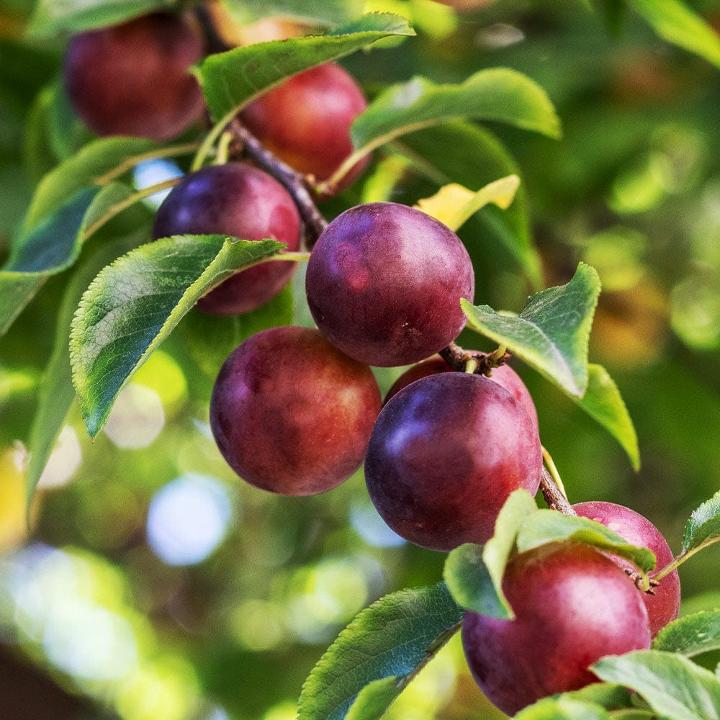
5. Nourishment
To meet your plum plant's nutritional needs, provide well-drained soil rich in organic matter. Fertilize with a balanced fertilizer in early spring. Water regularly, especially during the dry season. Use mulch around the base to retain moisture and reduce weeds. Prevent and control diseases and illnesses in time by monitoring them regularly. Adjust according to your particular plum variety and local climate.
6. Issues
To care for plum plants, make sure they receive full sun, well-drained soil and regular watering. Prune annually in late winter to remove dead or diseased branches. Use organic mulch around the base to retain moisture and reduce weeds. Watch for pests such as aphids and diseases such as brown rot and treat promptly if found. When fertilizing in spring, fertilization should be balanced. Regular care and prompt maintenance will help your plum plant thrive.
What are the Benefits of Plum Plants ?
Plum plants have many benefits, including: Plums are a good source of vitamins, minerals and antioxidants that help promote health , Plums are rich in dietary fiber, which supports regular digestion and prevents constipation , Antioxidants in plums may help reduce the risk of heart disease by lowering cholesterol and supporting overall cardiovascular health , The fiber content of plums helps create a feeling of fullness and helps control weight , Plums contain important nutrients such as potassium and vitamin K that are good for bone health , Vitamin C in plums supports the immune system and helps the body fight infections , The antioxidants in plums will promote healthy skin by fighting oxidative stress and promoting youth , Plums have a high water content, which helps with overall hydration , Plums can be consumed fresh, dried and turned into prunes, or used in many dishes to add flavour and nutritional value , Plum blossoms often have beautiful blooms that enhance the appearance of a garden or landscape.
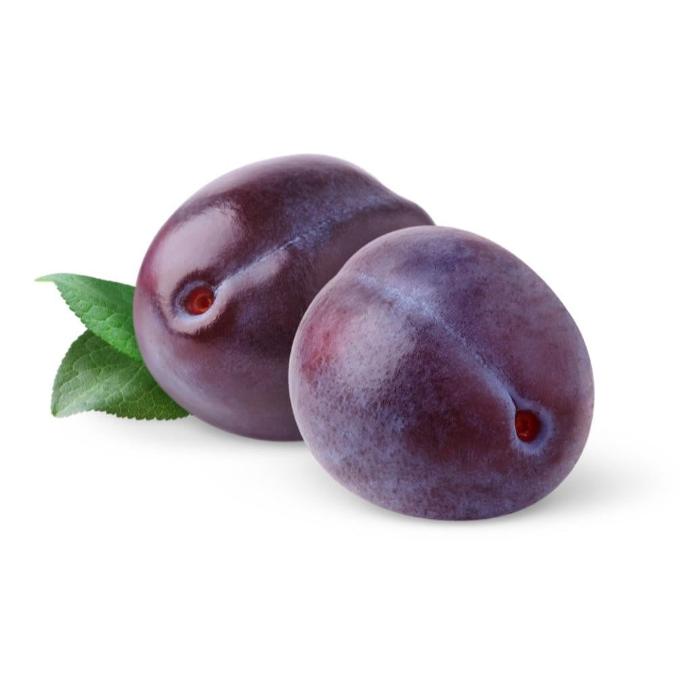
FAQs About Growing Plum:
1. How to care plum plant?
Plant: Choose soil with good water and plant in a sunny place.
Watering: Keep the soil moist, especially during the dry season. There is no water around.
Fertilizer: Apply fertilizer evenly in spring and summer. Follow the instructions on the package correctly.
Pruning: Pruning in late winter or early spring to shape the tree, remove dead or diseased branches, and promote air circulation.
Mulch: Use mulch around the base to retain moisture, reduce weeds and maintain soil temperature.
Pest Management: Take care of pests such as aphids or plums. Use appropriate insecticides if necessary, but pay close attention to beneficial insects.
Disease Prevention: Use antibiotics if there is a history of disease such as brown rot. Proper pruning and spacing helps prevent disease.
Harvest: Plums are harvested from the tree when they are fully ripe. Check for colour changes and light spots.
2. What is the plum plant used for?
Plum trees are also sometimes grown in gardens and landscapes for decoration purposes. The wood of the plum tree is used in handicrafts, and some varieties are used to make plum wine or brandy.
3. Can I Grow a Plum Tree Indoors?
4. Which is the best pot to grow plum plants in India?
To grow plum plants in India, choose a good pot with a capacity of at least 15-20 gallons. Use a mixture of garden soil and compost to see growth. Make sure the pot has a water hole to prevent water from dripping. Also consider your local climate and choose a potting material that suits the temperature of your area, such as terracotta or plastic.
5. Where to Buy Indian Plum Plants ?
You can find Indian plum plants at your local nursery, nursery or online store. Various fruits, including plums, are often available on popular online platforms like Amazon, Flipkart and professional websites. You can also check with your local farm or garden store to see if they have it in stock.


